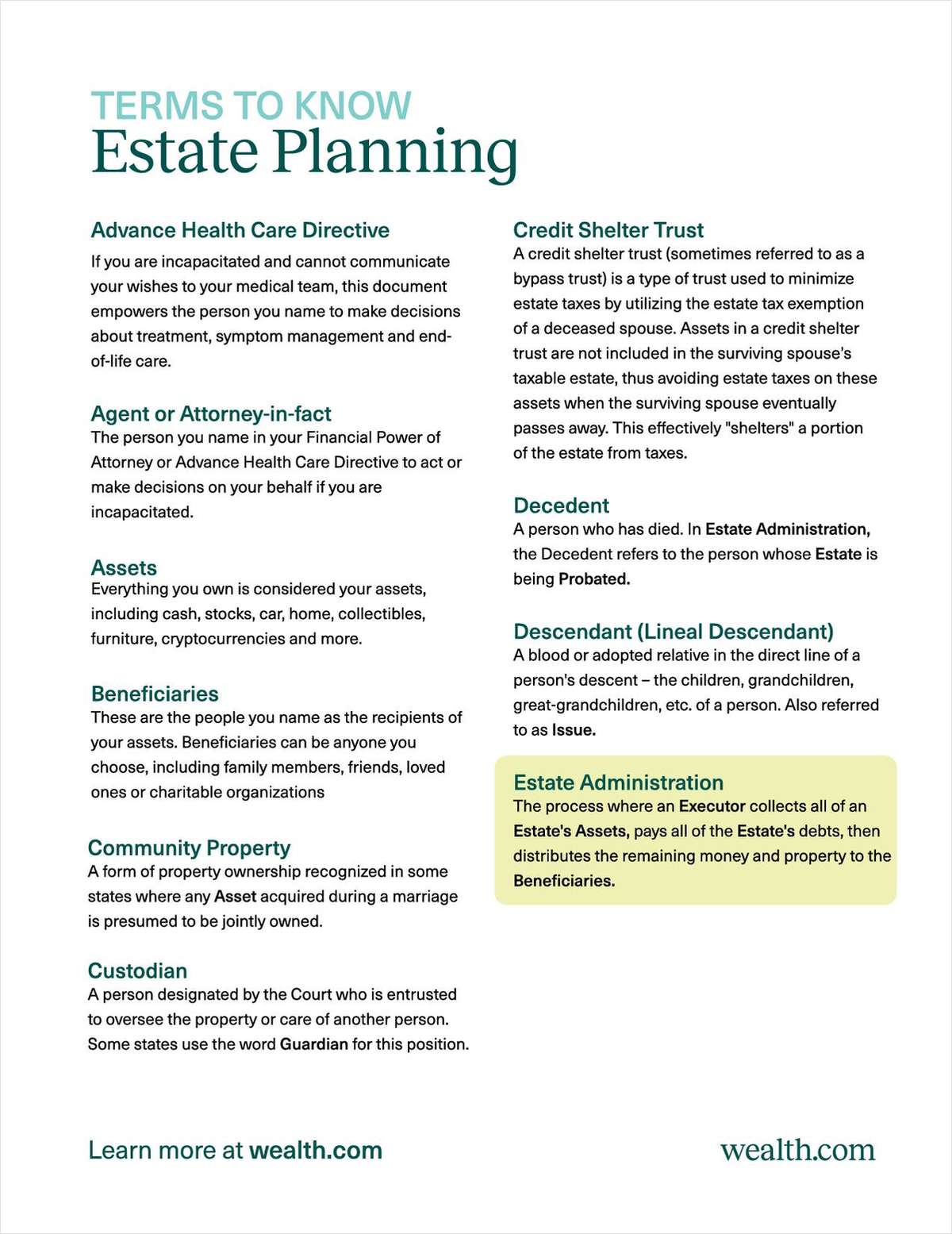As tax time nears, advisors and their clients need to be looking at more than capital gains and losses. Together, they should be zooming in on "cost basis," as well as the holding (or owning) periods of investments.
This focus can help investors reduce gains, which are subject to taxes. It also may mean they should be taking a tax loss tied to the sales of holdings.
In other words, it's worthwhile for both advisors and their clients to have a good understanding of cost basis to save potentially thousands of tax dollars, says Rande Spiegelman, vice president of financial planning for Schwab's Center for Financial Research.
A recent problem in cost basis reporting at Morgan Stanley, for instance, affected "a significant number" of its wealth management clients from 2001 to 2016. The wirehouse was required to pay a $70 million penalty to the Internal Revenue Service in February as part of its resolution of the matter.
The Basics
Cost basis refers to what is paid for an investment. This includes fees paid to a broker-dealer, loads and any other trading cost. If stock splits, dividend payments or mergers and acquisitions affect a holding, cost basis can be effected.
Cost basis is critical in determining a capital gain (or loss), which is the difference between the cost basis and the price of a security sale. This cost is quite simple to calculate — unless dividends are reinvested or dollar-cost averaging is involved.
For investors buying shares over time or via a dividend reinvestment plan, different blocks of shares will have their own cost and holding periods. This means they can decide between high- or low-cost and long- or short-term holdings when selling stocks, which can be advantageous from a tax standpoint.
Federal tax rules require that broker-dealers report the cost basis of investments to the IRS when they are sold, with the following stipulations:
- The stocks were bought on or after Jan, 1, 2011.
- Mutual funds, ETFs and dividend reinvestment plans were bought on or after Jan. 1, 2012.
- Bonds, options and other securities were bought on or after Jan. 1, 2014.
Even if a client doesn't get a statement from a BD concerning their cost basis, they must report it when filing their taxes.
More Basics
First in, first out – also known as FIFO – is the default method. It's the accounting process the IRS will rely on unless investors give different information on their tax forms.
For FIFO, the IRS assumes that when shares are sold, the sale involves the first, or oldest, ones purchased. Often, these shares have the lowest cost and the highest tax obligation, in an improving market.
The specific-identification method, though, may give investors both more flexibility and a better tax result. Of course, this means that clients and advisors need to work together to identify which stock purchases to sell when different groups (or lots) of the same holdings have been purchased at different times.

Advisors need to discuss the different tax implications of investment sales, ideally before they happen, so the right sales take place.
Sales of mutual funds can take place through an "average cost, single category" method or an "average cost, double category" process.



